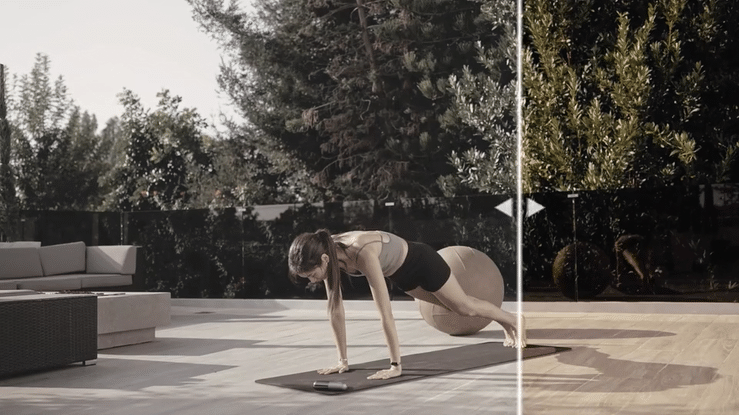The Art of Color Grading and Its Impact on Marketing
- Domenique Comparetto

- May 23, 2024
- 3 min read
Updated: Dec 17, 2024
Unlock advanced color grading techniques with Altered State, including VFX, rotoscoping, compositing, and retouching techniques for pro-level visuals.
When was the last time a graphic convinced you to make a purchase? Or, think back to a time when an article led you to change your perception. Now, how many times has a video influenced you in the same time frame? Whether it’s a commercial on a streaming platform, a YouTube video, a TikTok, or a Reel - a video makes a strong case in a short amount of time and leaves a memorable impression. That’s why video content leads digital marketing in engagement and brand recognition.
There’s a marked effect when information is both seen and heard, creating a more true-to-life experience. It’s, of course, not just any video content that has this effect. The viewer needs to feel immersed, meaning they are not distracted by flaws or unnatural elements that take away from the core message. The visual quality of your video can significantly affect how your audience perceives your content and your brand. Color grading is at the heart of making visual content come across as authentic and natural, allowing for deeper immersion into the experience.
What is Color Grading?
Color grading is a form of video post-production where editors adjust and enhance the color tones of the footage. The primary goal is to create a visual tone that fits the narrative and emotional undertone of the video content. It involves altering the intensity of colors, adjusting contrasts, and enhancing saturation, among other techniques, to achieve the desired look and feel.
The Technical Side of Color Grading
The process typically starts with color correction. This step makes sure the colors are balanced correctly— ensuring consistent color temperature across clips and that whites are true whites. Color correction helps in maintaining a natural look throughout the video.
After corrections, the creative aspect of grading takes over. This can range from creating high-contrast visuals that pop off the screen to soft, muted palettes that evoke nostalgia or calm. Tools like DaVinci Resolve are used for this purpose, employing LUTs (Look-Up Tables) to apply complex color schemes and adjustments across a sequence efficiently.
Why Color Grading is Essential in Marketing
Enhancing Brand Identity:
Color can be a powerful tool in reinforcing brand identity. Consistent use of color schemes can make your brand instantly recognizable. Through strategic color grading, you can align your video content with your brand’s color palette, enhancing brand recall and loyalty.
Emotional Engagement:
Colors play a critical role in psychological and emotional engagement. Different colors can evoke different feelings—blue can bring calmness, red can energize, and yellow can uplift. Color grading allows marketers to harness these emotions, potentially influencing consumer behavior towards a brand or product.
Competitive Differentiation:
In a saturated market, it is essential to stand out. Professionally graded videos look more polished and high-quality, setting them apart from competitors. They also show that a brand values quality and attention to detail, traits highly prized by discerning consumers.
Storytelling Enhancement:
Color grading doesn't just beautify an image; it enhances the story you want to tell. Effective color grading can add depth and context to your narrative, whether you’re using a dark tone for a serious product documentary or vibrant hues for a travel vlog.
Best Practices in Color Grading
Understand the Mood and Atmosphere:
Before you begin color grading, it’s crucial to have a clear understanding of the mood and atmosphere you want to convey. This pre-planning will guide your color choices and adjustments throughout the grading process.
Maintain Skin Tones:
One of the challenges during color grading is maintaining natural skin tones while adjusting the color palette of the background and other elements. This requires careful monitoring and adjustments to ensure that the subjects in the video look natural and healthy.
Be Consistent:
Consistency in color grading across all your content solidifies your brand's visual identity and professional appearance. It helps in building a cohesive brand aesthetic that audiences can identify at a glance.
Expert Insights
As color grading becomes more accessible and important, brands looking to leverage this powerful tool need to focus on quality and consistency. Investing in skilled colorists and quality software can significantly improve the overall impact of your video marketing campaigns.
About Altered State Productions
Altered State Productions team of pro colorists from commercial ads to feature films.







